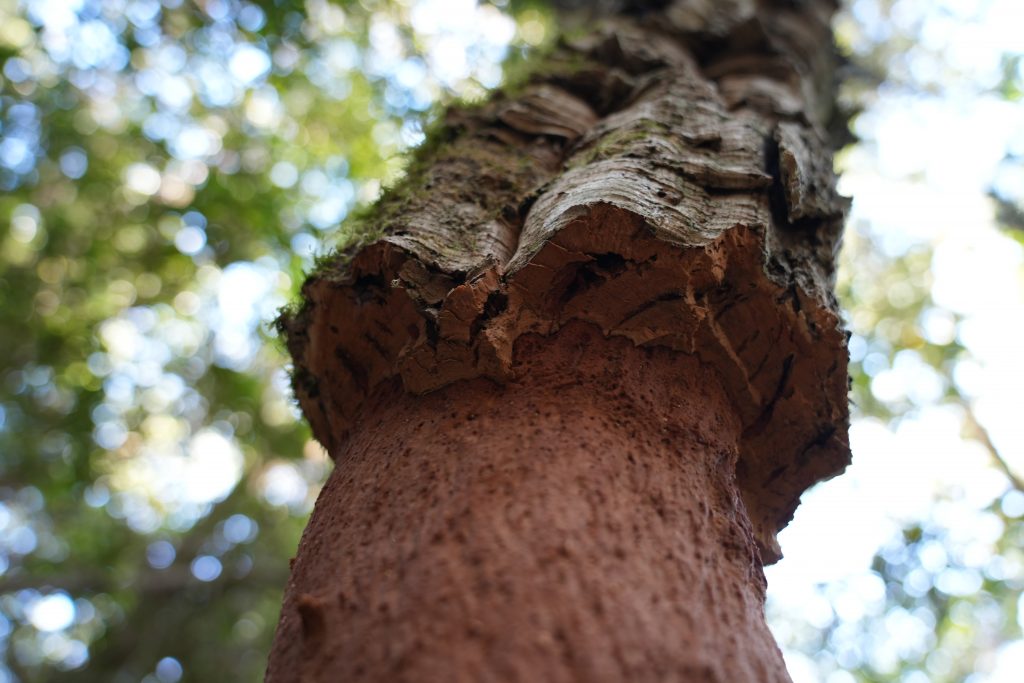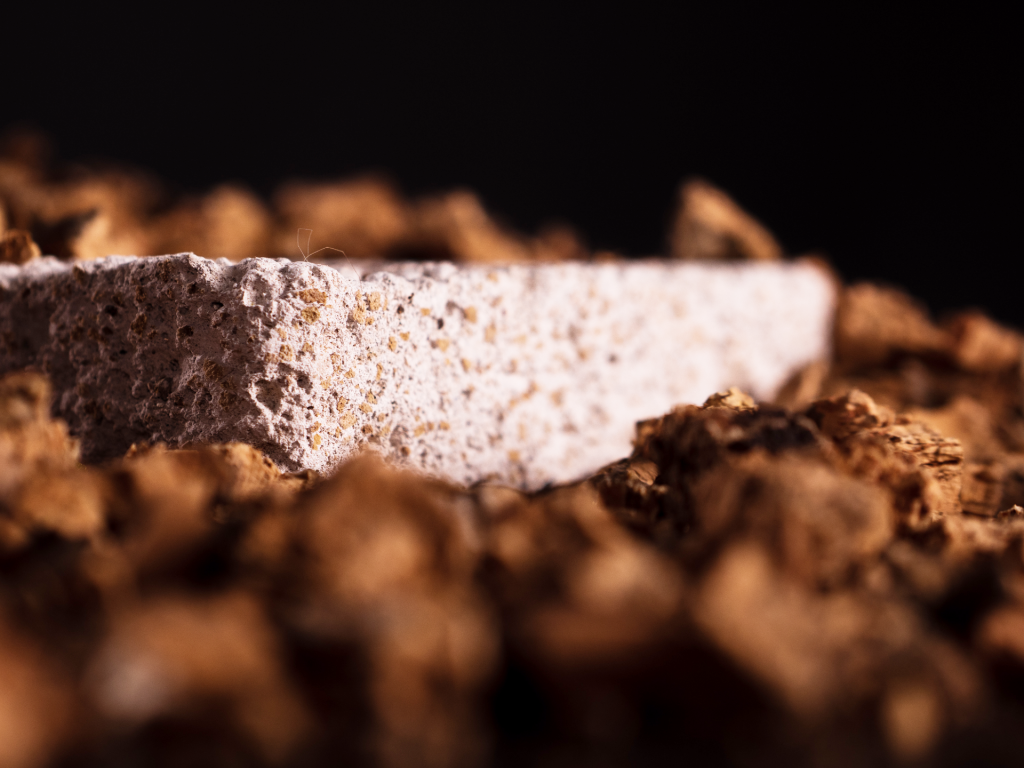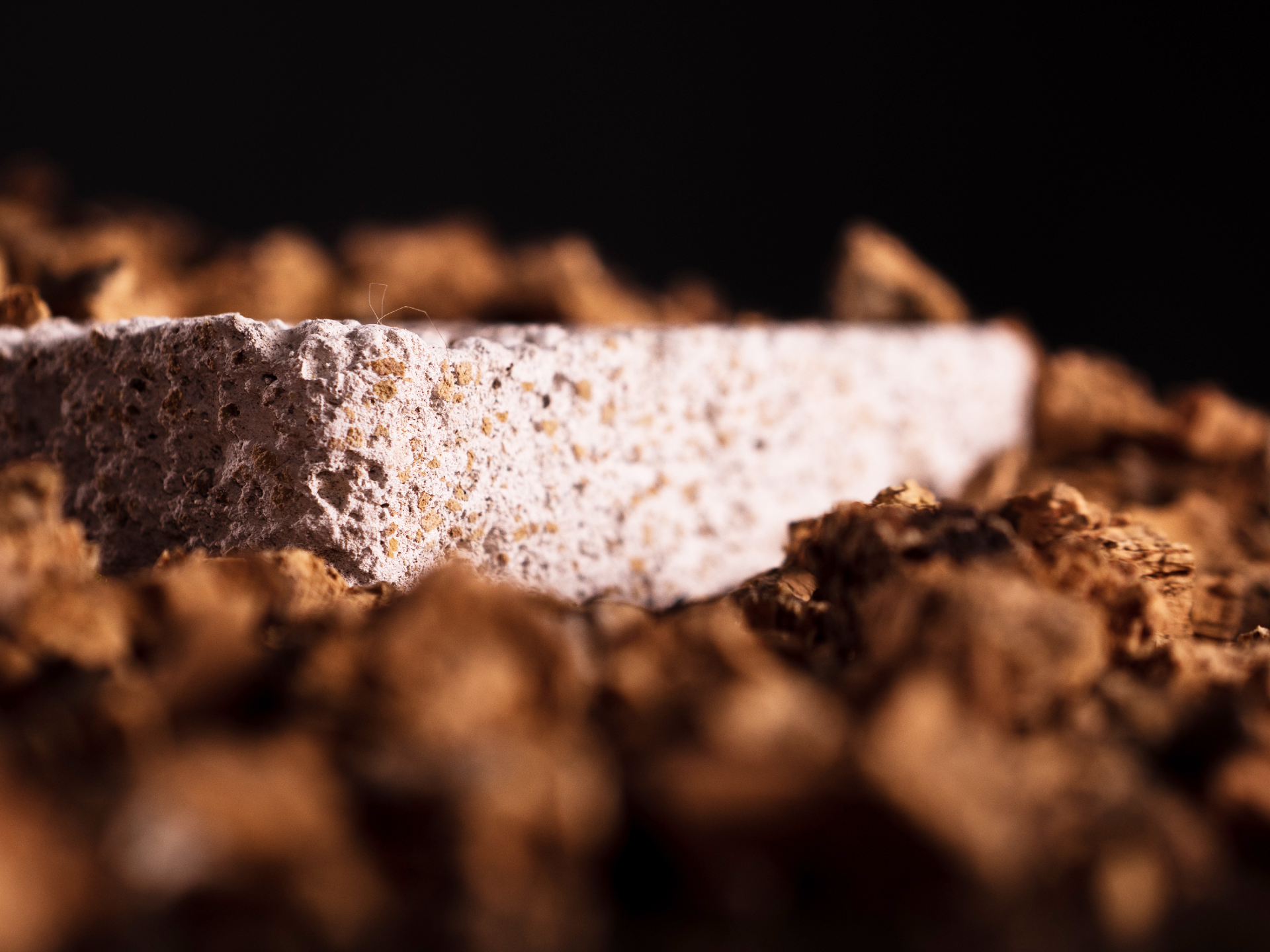Cork is a plant and Mediterranean material, the covering and protection of the cork oak tree, which possesses unique properties that distinguish it in the field of thermal insulation.
Its structure, in fact, is characterised by a honeycomb geometry whose cavities are occupied by air, resulting in a very porous and light material that is elastic, compact and capable of exploiting the insulating capacities of the incorporated air.

Used for thermal and acoustic insulation, both inside and outside buildings, as in Diasen solutions, cork, carefully selected and processed, guarantees long-lasting protection, free from alterations linked to the passage of time and without the emission of dust or hazardous substances.
As is well known, thermal insulation, both winter and summer, on existing and new buildings is one of the fundamental characteristics that impact on living comfort and energy saving. But what are the parameters that allow energy saving and thermal comfort to be aligned?
First of all, we find thermal transmittance, which allows us to measure thermal dispersion through the envelope of a building; it is a stationary parameter directly correlated to the reduction of energy consumption and which acts on the surface temperature, a central element of the thermo-hygrometric balance and a factor in the healthiness and wellbeing of environments.
The thermal inertia of a building, on the other hand, consists in its ability, over time, to retain heat inside the walls once the heating system is turned off, reducing and delaying the effect of external stresses (phase shifting).
Thermal diffusivity is the parameter that best tells how effective the building is in terms of thermal protection because it provides the quantitative answer as to how much thermal energy is blocked and how much is retained in the material, avoiding overloading the wall structure.
Reference was made earlier to the subject of stresses, which we can divide into two different categories
external thermal stress, i.e. the combination of the external temperature and the external radiation component;
internal thermal stress, i.e. from solar radiation (which, for example, also comes from glazing) or from the heating/cooling system.
Diasen biomaltenes from the Diathonite line combine low thermal transmittance and low thermal diffusivity in a single product; properties that make them ideal for improving comfort levels and perceptions, and for cost-effective and structural energy-saving measures.


